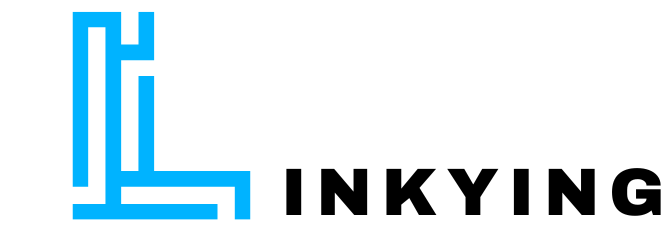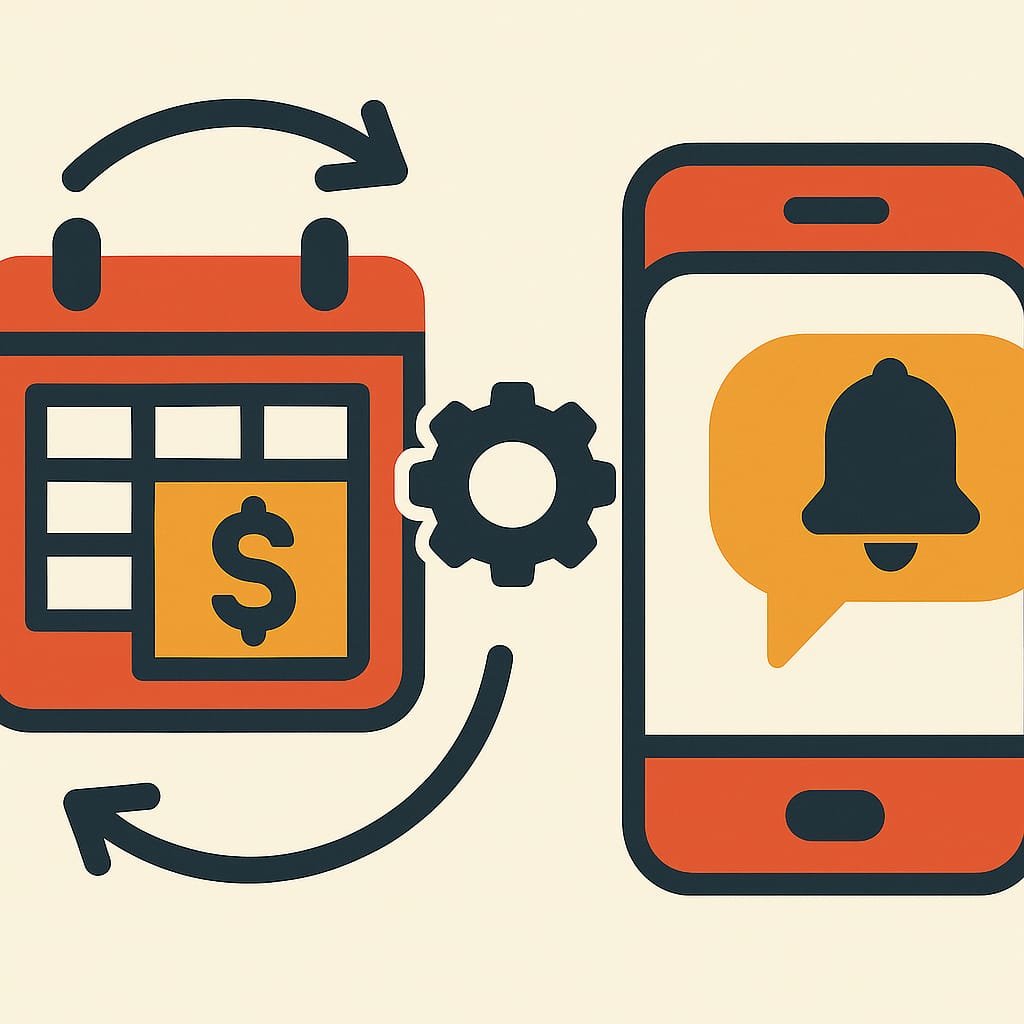3D modeling is the process of creating a mathematical representation of a three-dimensional object, used in fields ranging from animation and video games to architecture and industrial design. With the rise of 3D printing and its various applications across industries, learning 3D modeling has become an essential skill for designers, engineers, artists, and hobbyists alike. However, getting started with 3D modeling can feel overwhelming due to the wide range of tools and software available.
In this article, we’ll walk you through the basics of 3D modeling, the best tools and software to use, and tips to help you get started on your journey to mastering this valuable skill.
1. Understanding the Basics of 3D Modeling
Before diving into the software and tools, it’s important to understand the core principles of 3D modeling.
- Meshes and Geometry: 3D models are built using vertices (points in 3D space), edges (lines connecting vertices), and faces (the surfaces formed between edges). These elements together create the mesh, which is the foundation of a 3D model.
- Polygons: Most 3D models are created using polygons, often quadrilaterals (quads) or triangles. These polygons define the shape of the object, and the more polygons you use, the smoother and more detailed the model will appear.
- Texturing and Materials: After creating the basic geometry of the 3D model, texturing adds surface details, such as colors, patterns, and materials like metal, wood, or fabric. Texturing gives the model its realistic appearance.
- Lighting and Rendering: To showcase your 3D model, lighting and rendering are used to create realistic images or animations. Rendering takes into account how light interacts with your 3D model and applies textures and materials, making the model look more lifelike.
2. Tools and Software for 3D Modeling
The right tool can make all the difference in your 3D modeling journey. Below are some of the most popular and beginner-friendly tools for 3D modeling, ranging from free and open-source options to industry-standard software.
Free 3D Modeling Software
- Blender
Best for: Beginners, animation, game design, and 3D printing.
Overview: Blender is a free, open-source software used for everything from 3D modeling and animation to rendering and sculpting. It offers a vast range of features, including polygonal modeling, sculpting, and UV mapping. Blender also supports 3D printing workflows, making it a great choice for creating models that will be printed. The software has a large community, with many tutorials available online to help beginners get started. - Tinkercad
Best for: Beginners and 3D printing enthusiasts.
Overview: Tinkercad is an easy-to-use, browser-based application that is perfect for 3D modeling beginners. While it’s not as feature-rich as Blender, Tinkercad provides a user-friendly interface for designing simple 3D models and 3D printing. It’s particularly great for students or hobbyists who want to create basic objects quickly and easily. - FreeCAD
Best for: Engineering, architecture, and technical modeling.
Overview: FreeCAD is another open-source tool designed for parametric 3D modeling. It is especially suited for technical and mechanical design, making it ideal for engineers and architects. While FreeCAD has a steeper learning curve than Tinkercad, it is an excellent tool for designing functional, precise models.
Paid 3D Modeling Software
- Autodesk Maya
Best for: Animation, VFX, and complex 3D modeling.
Overview: Autodesk Maya is an industry-standard tool used by professionals in film, animation, and video games. It offers advanced features for 3D modeling, rigging, sculpting, and rendering, making it suitable for high-end animation studios and professional designers. However, it can be expensive, making it better suited for serious 3D artists and professionals. - Autodesk Fusion 360
Best for: Product design, engineering, and 3D printing.
Overview: Fusion 360 is a cloud-based 3D modeling software that combines CAD, CAM, and CAI tools. It’s perfect for creating detailed and precise 3D models for product design, mechanical parts, and 3D printing. Fusion 360 is available on a subscription basis but is often free for students, startups, and hobbyists. - ZBrush
Best for: Digital sculpting, character modeling.
Overview: ZBrush is renowned for its digital sculpting capabilities, allowing artists to create highly detailed, organic 3D models, especially for characters, creatures, and intricate textures. It’s used extensively in games, movies, and 3D printing. ZBrush is ideal for artists looking to focus on sculpting, texture painting, and high-detail work.
3. Tips for Getting Started with 3D Modeling
Getting started with 3D modeling can feel intimidating, but with the right approach, you’ll be able to master the basics quickly. Here are some tips to help you on your journey:
Start Simple
When you’re first learning 3D modeling, begin with simple projects like basic geometric shapes or low-poly models. Focus on learning the core tools and workflow before diving into more complex designs.
Follow Tutorials
There are countless tutorials available online for free or at a low cost. Platforms like YouTube, Udemy, and Coursera offer comprehensive guides for beginners, covering everything from basic 3D modeling techniques to advanced sculpting and texturing.
Practice Regularly
Like any skill, 3D modeling requires consistent practice to improve. Dedicate time each day or week to work on different aspects of modeling, whether it’s creating basic shapes, learning new techniques, or experimenting with textures and lighting.
Use Online Communities
Join online communities such as Blender Artists, CGTrader, or Reddit’s 3D Modeling subreddits to learn from others, ask questions, and get feedback on your work. These communities are full of people who can offer support and advice, helping you improve your skills faster.
Understand the Workflow
Learn the full workflow from design to final render or print. This includes creating models, adding textures, setting up lights, and rendering your final image or animation. Understanding each stage will make you more efficient and help you produce better-quality models.
Experiment with 3D Printing
If you’re interested in 3D printing, consider creating models that are compatible with 3D printers. Many modeling tools like Blender and Tinkercad allow you to export designs in STL format, a standard used in 3D printing. Experimenting with printing your models can give you hands-on experience with the material and design constraints of real-world products.
4. Conclusion: The Future of 3D Modeling
3D modeling is an essential skill in today’s technology-driven world. Whether you’re designing products for 3D printing, creating animations for films, or developing new consumer products, 3D modeling has vast applications across various industries. By learning the basics and practicing with the right tools, you’ll be able to develop a strong foundation that will serve you as you expand your skills.
Choosing the right software and tools for your needs, coupled with regular practice and learning from the community, will help you quickly build proficiency in 3D modeling. As the field continues to grow, mastering 3D modeling will offer valuable opportunities in industries like design, engineering, entertainment, healthcare, and manufacturing.
Key Takeaways:
- 3D modeling involves creating 3D objects from digital designs using various tools and techniques.
- Popular software like Blender and Tinkercad is beginner-friendly, while Autodesk Maya and ZBrush are better suited for professionals.
- Start with simple projects, follow online tutorials, and practice regularly to improve your skills.
- Understanding the workflow and experimenting with 3D printing will help you gain practical experience and improve your modeling abilities.
3D modeling is a valuable skill with applications in industries such as design, engineering, entertainment, and manufacturing.



